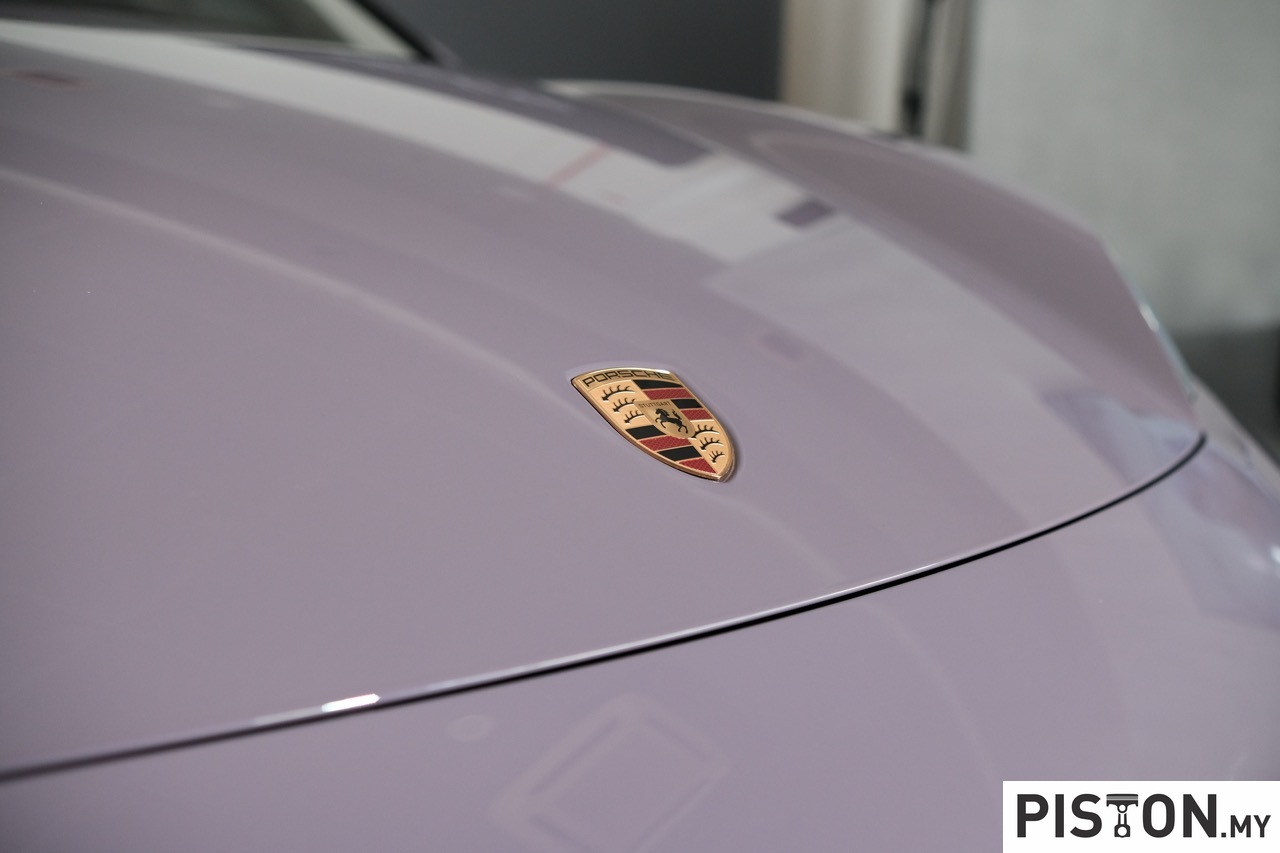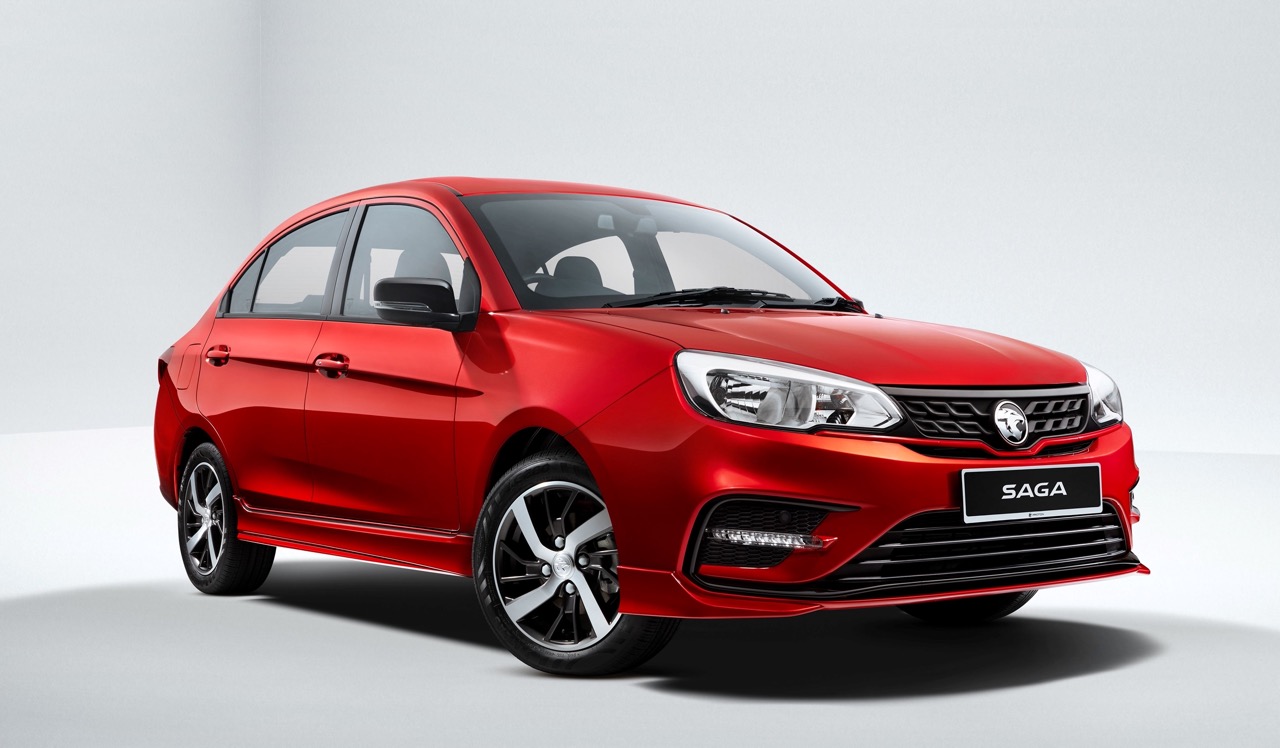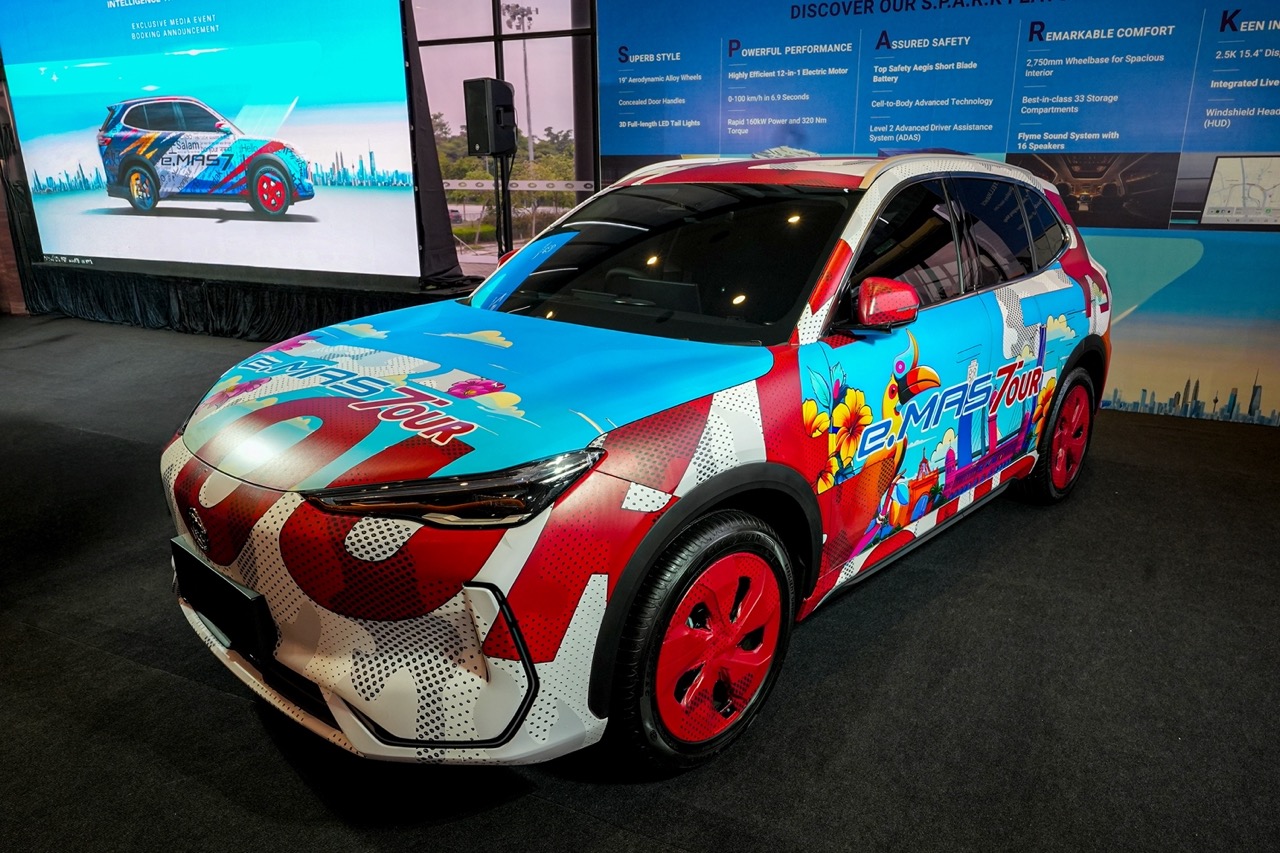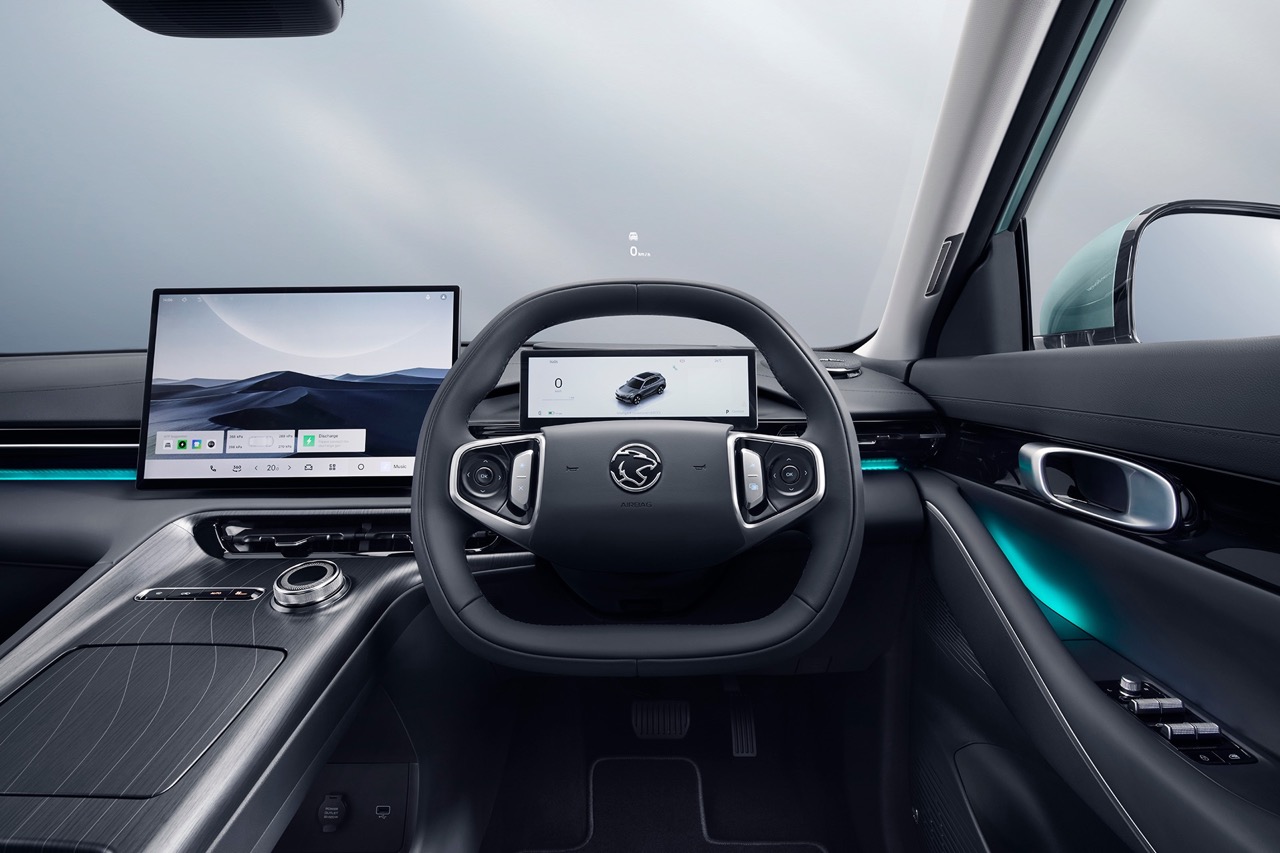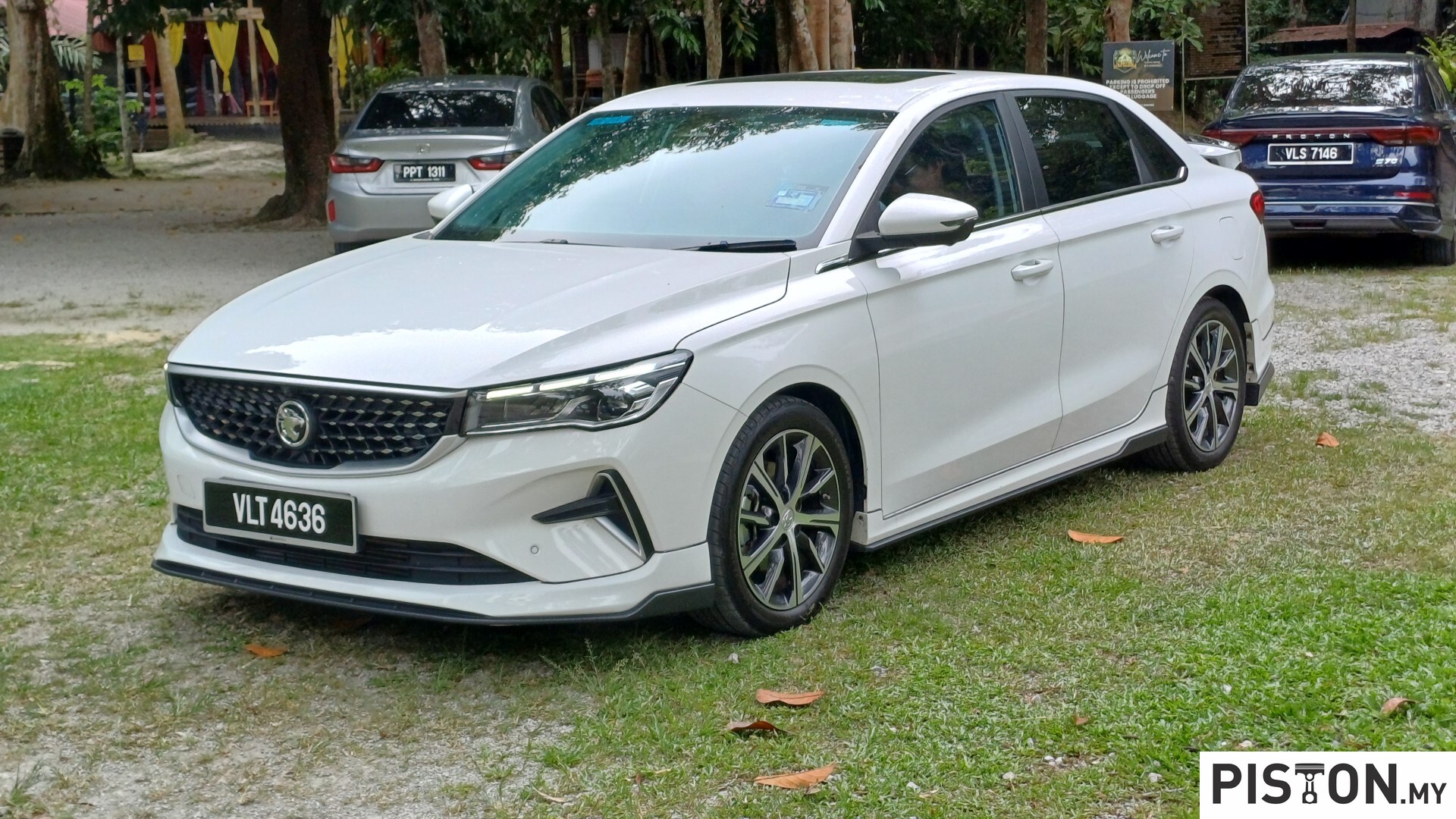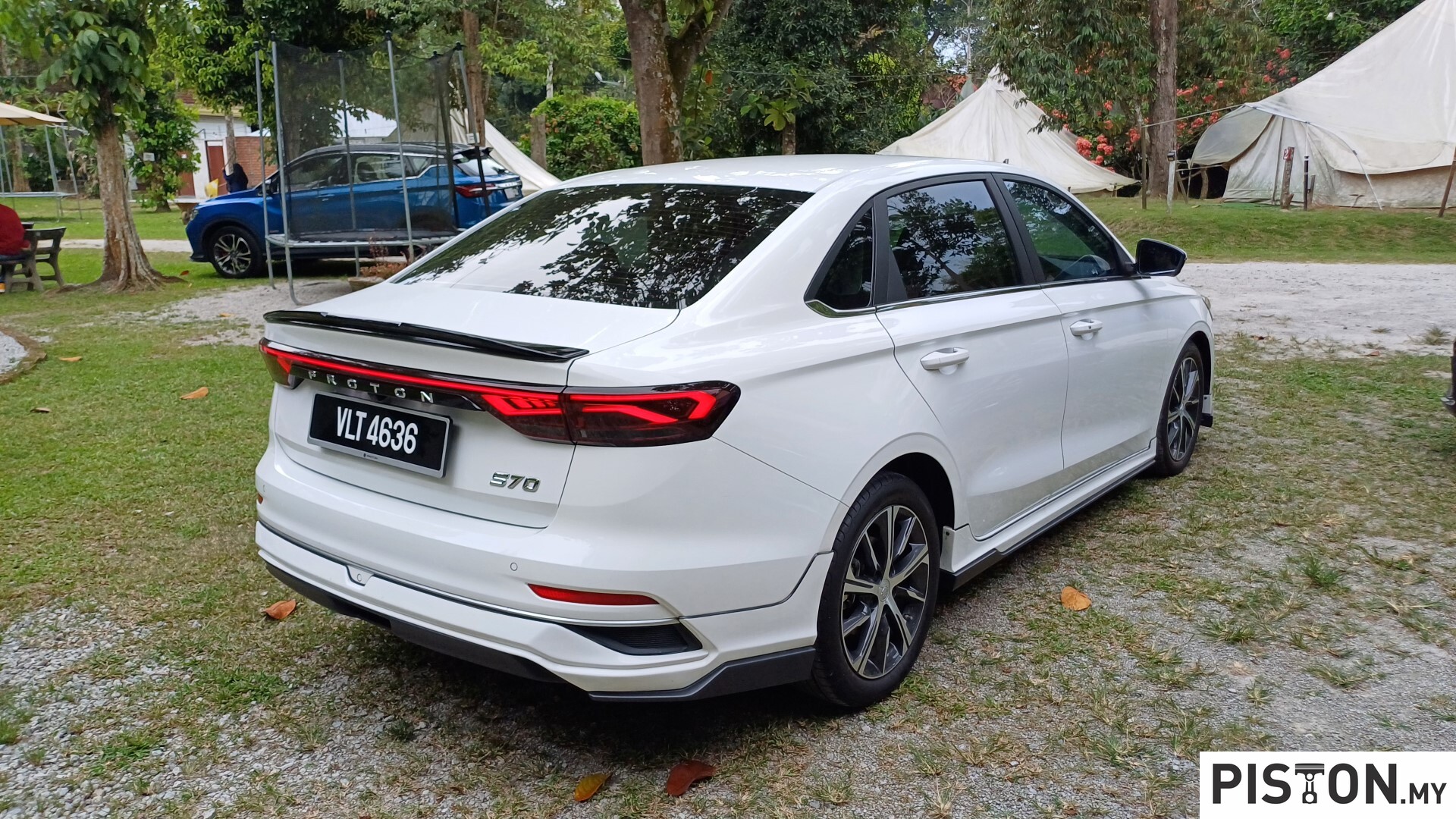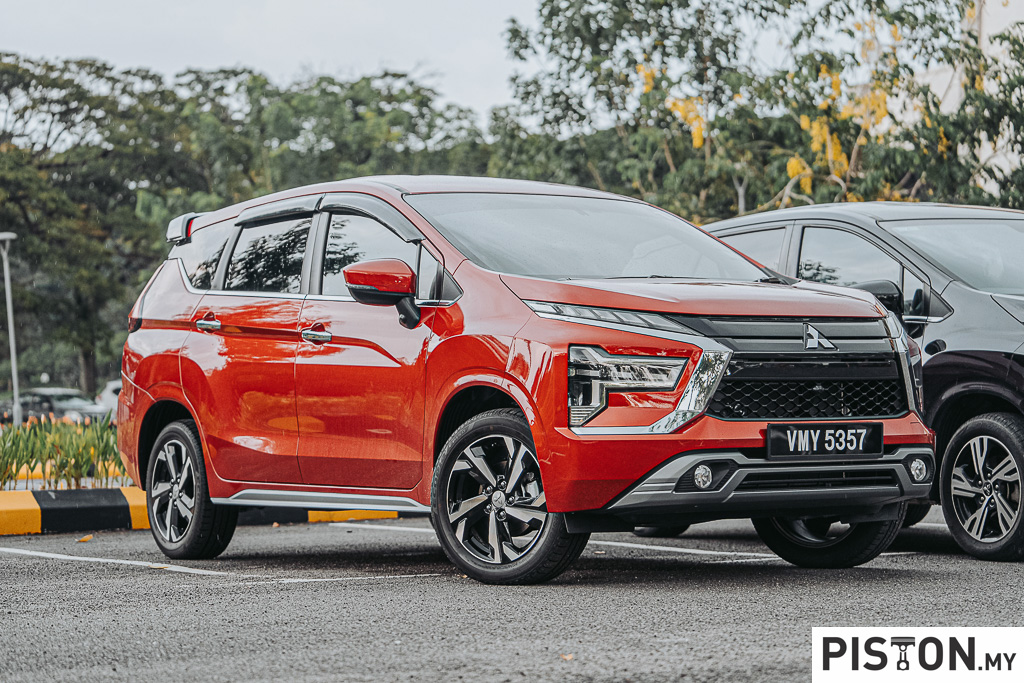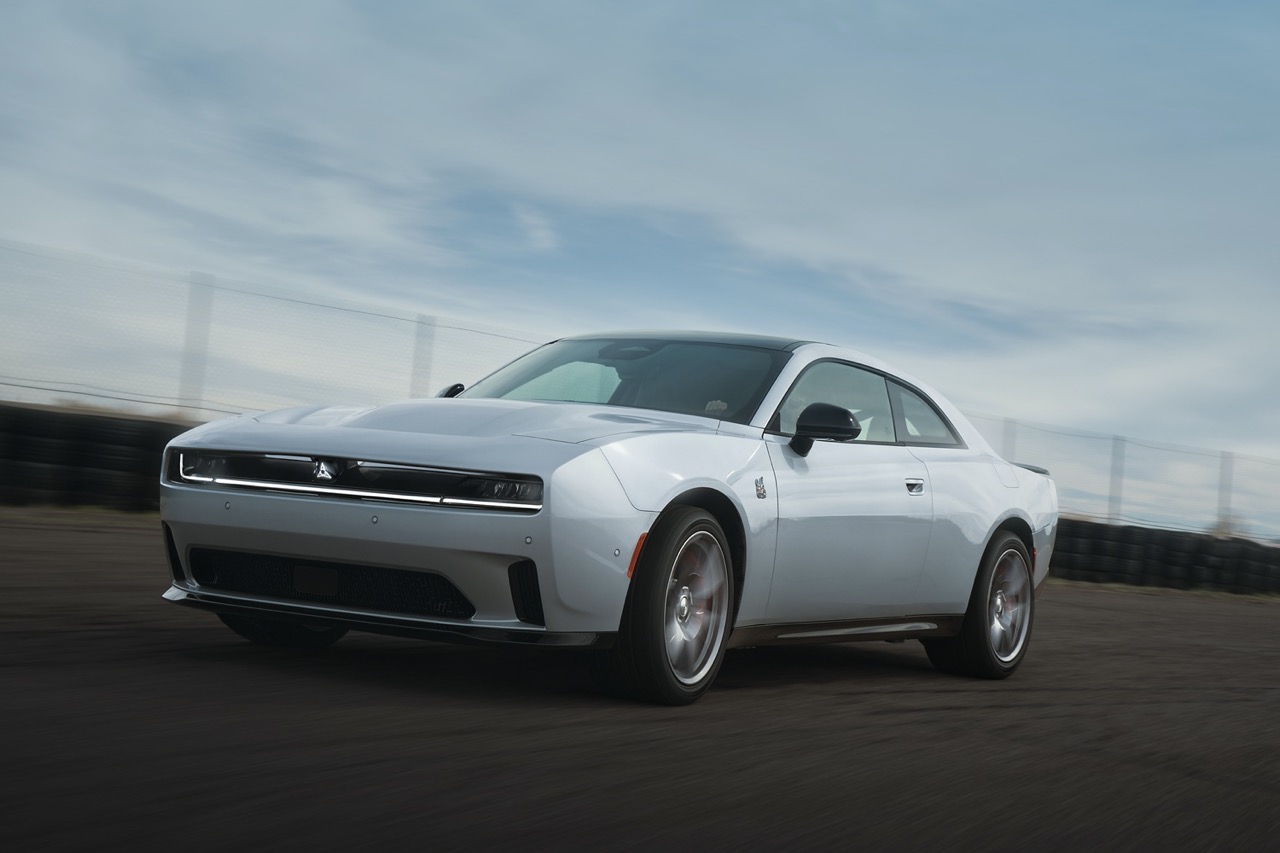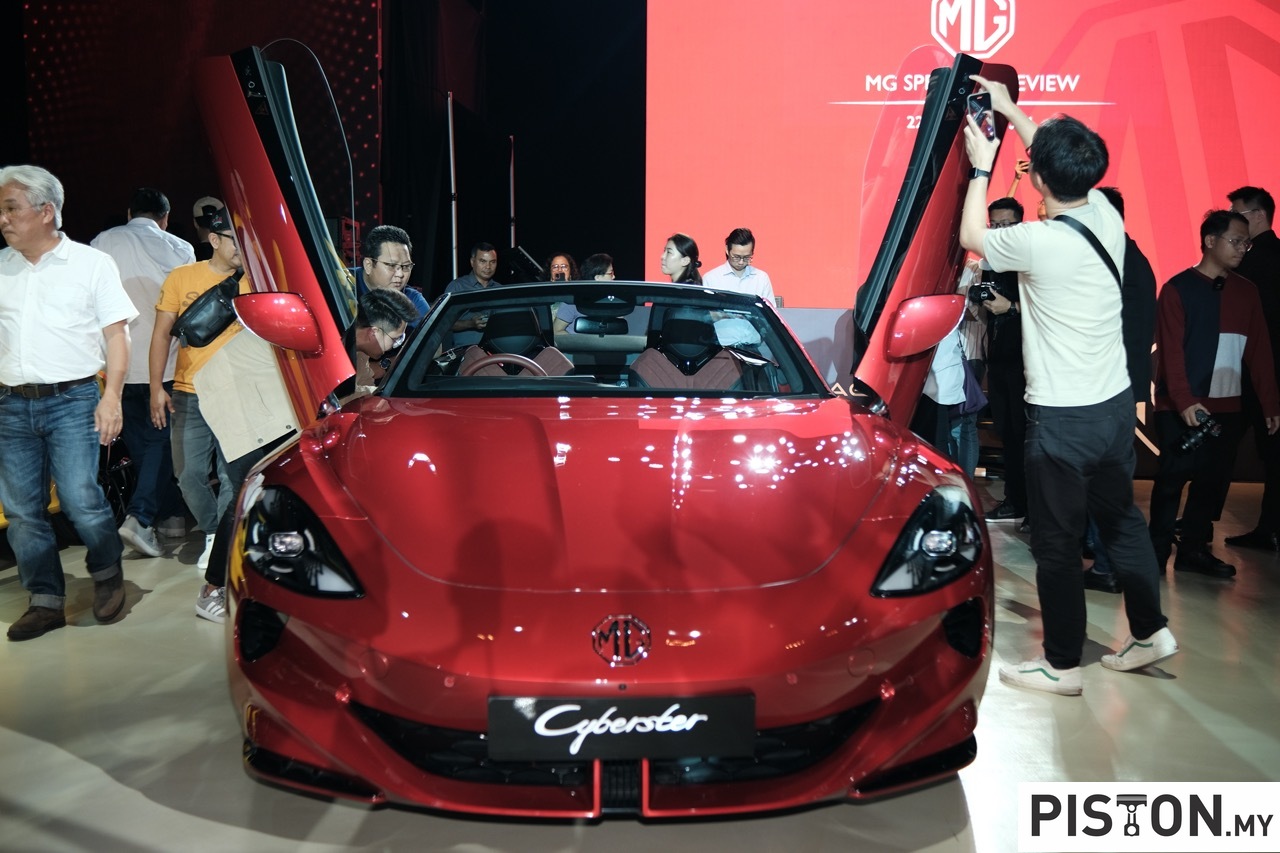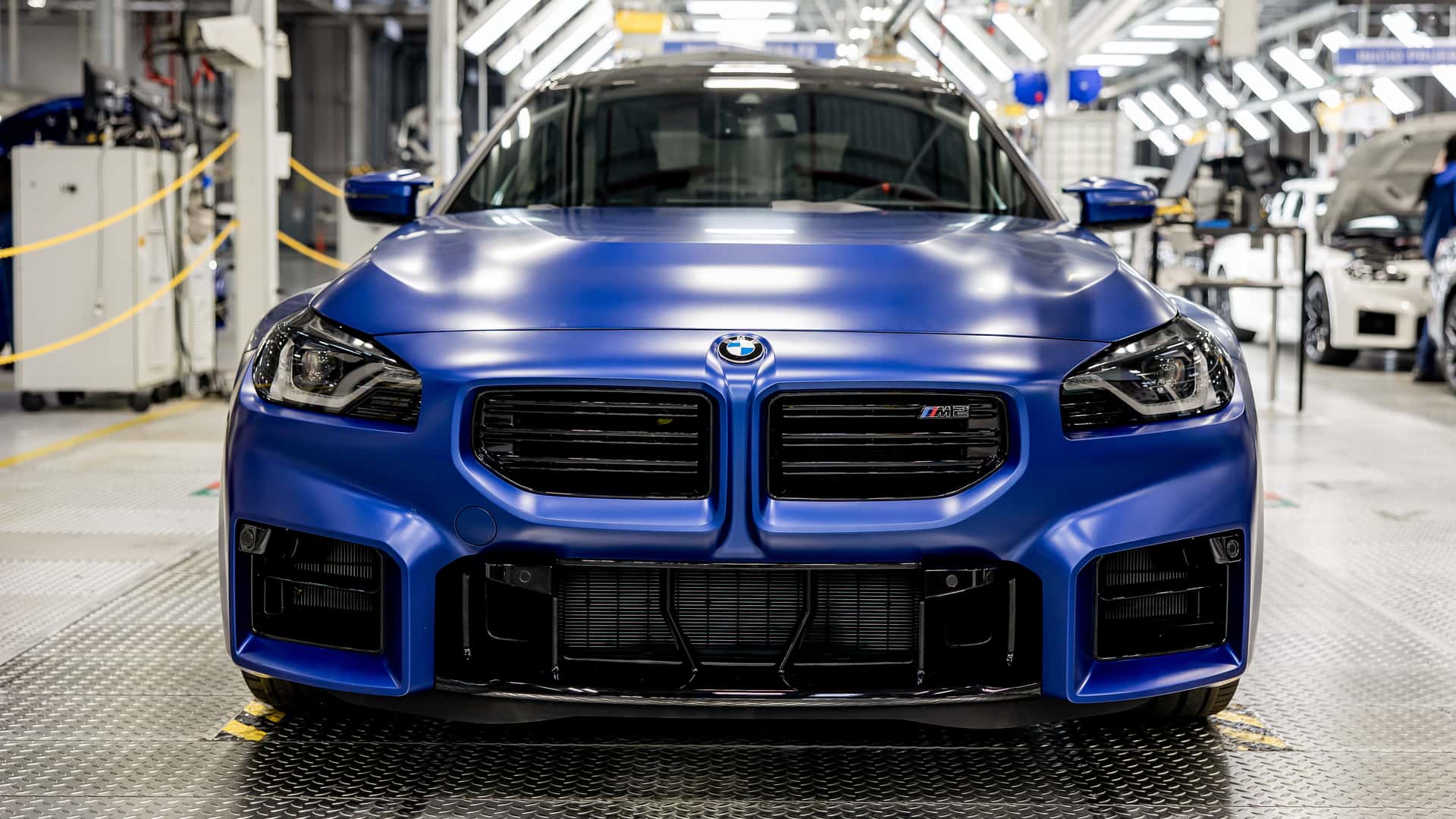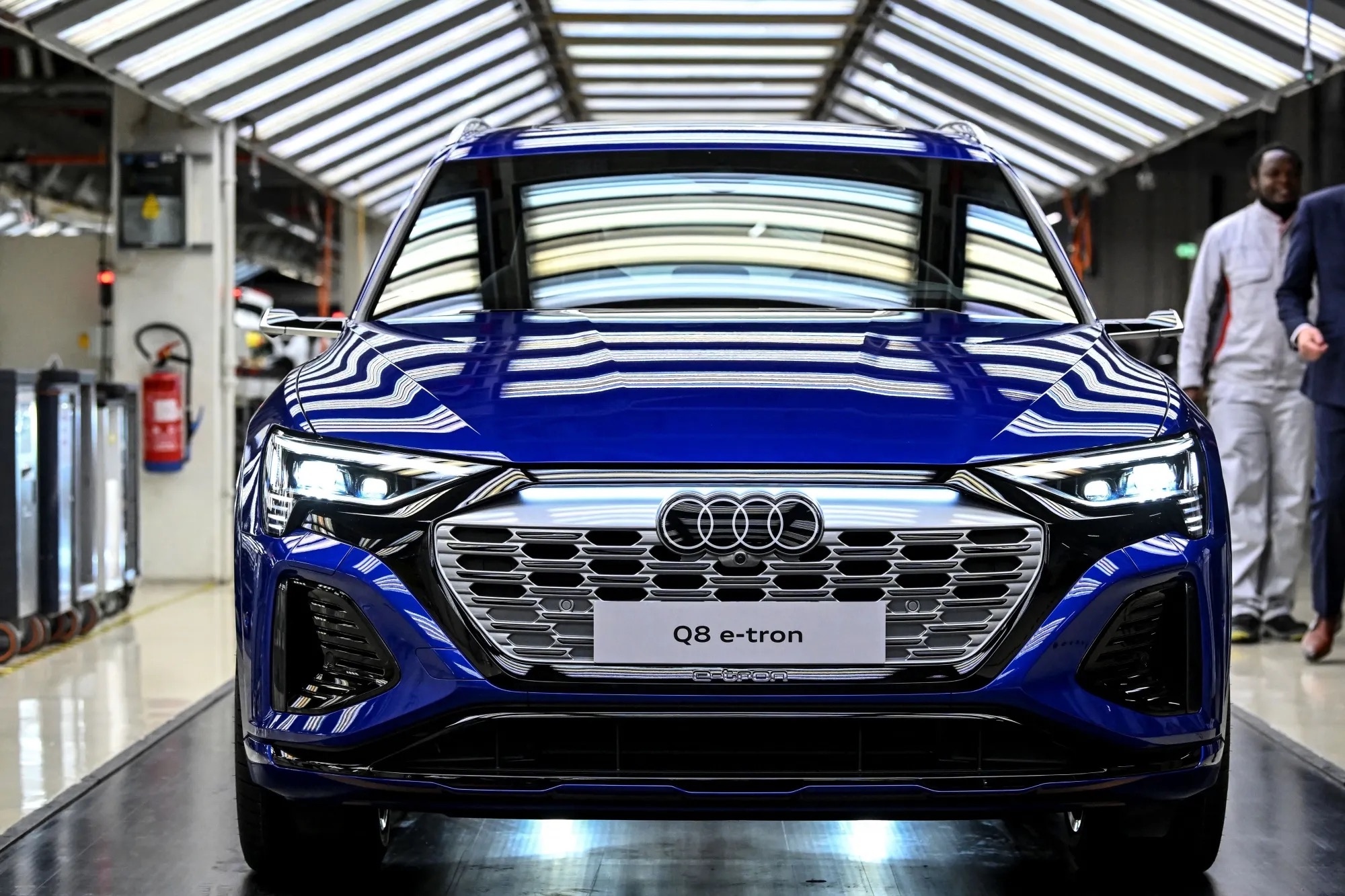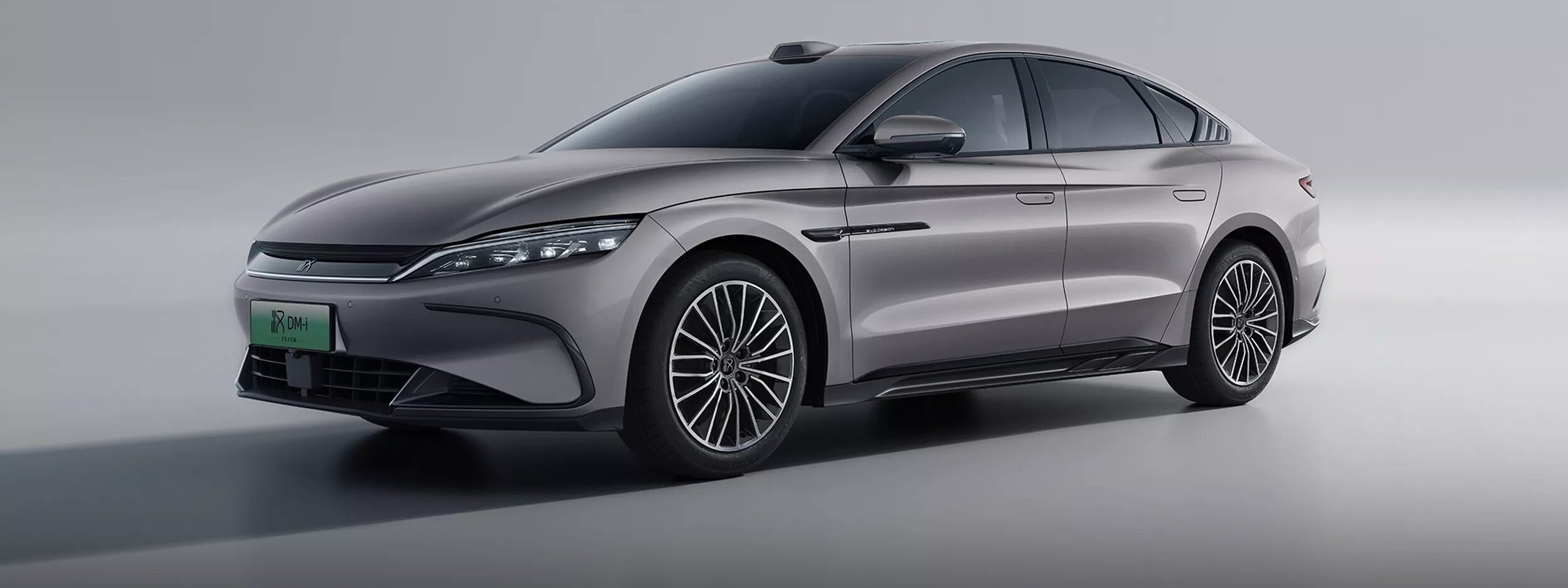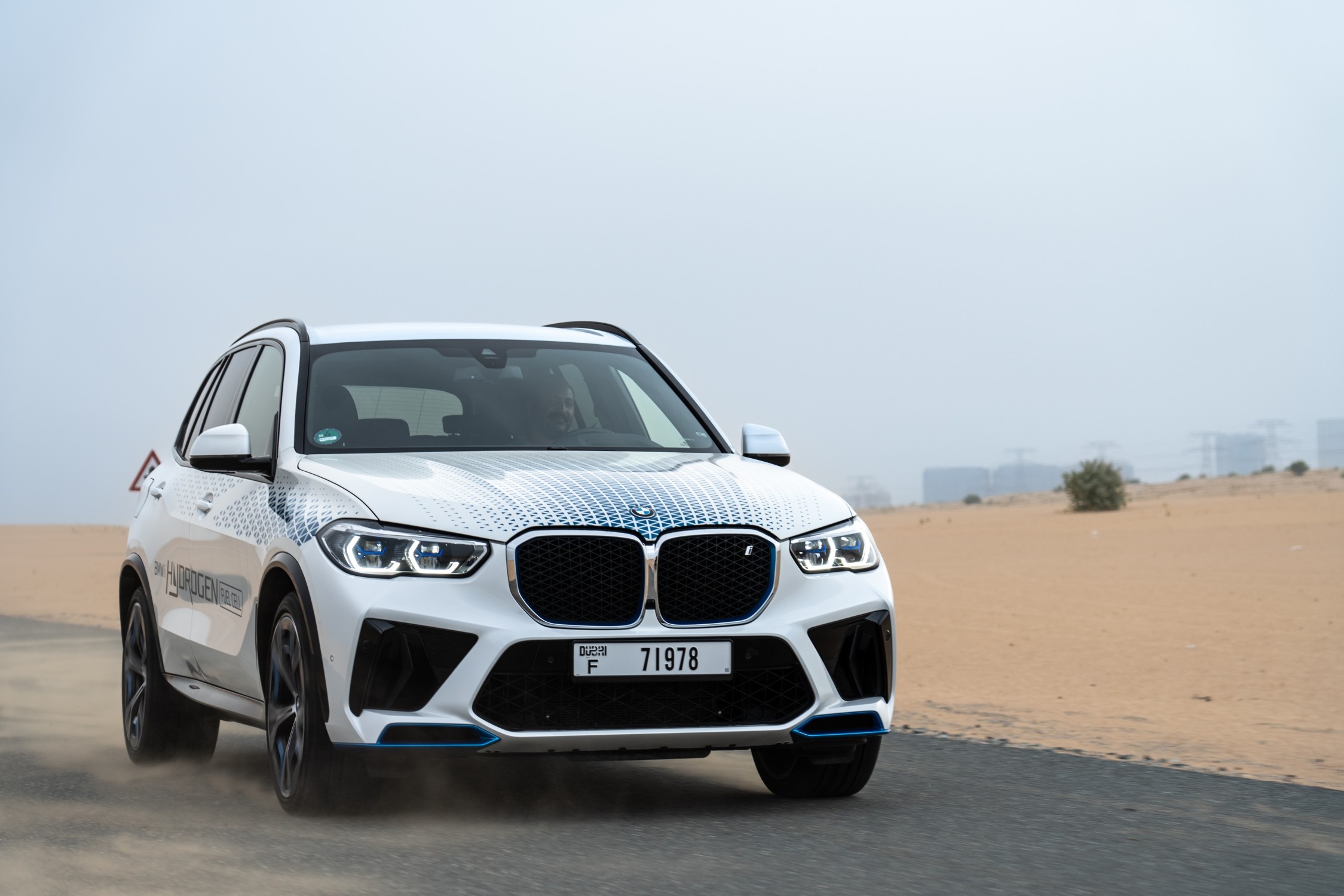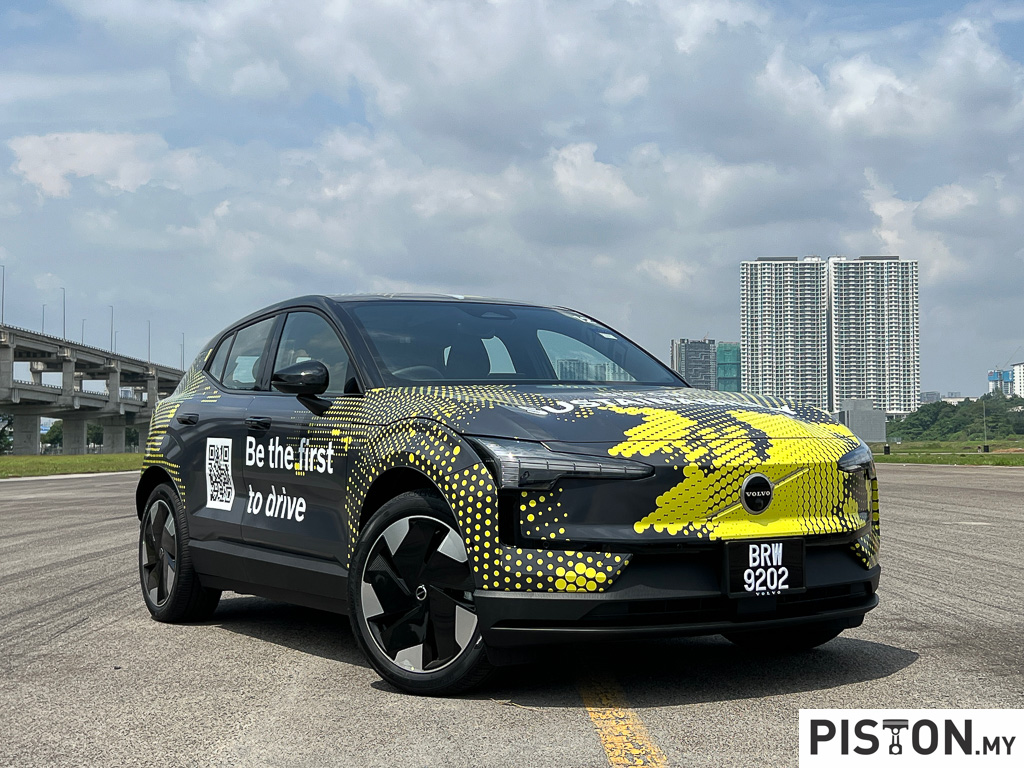Porsche is restructuring its strategy in China, reducing its dealership network to counter declining demand and a sluggish EV market transition in the country. This move is part of broader cost-cutting efforts, aiming for billions in savings by 2030, as shared by CFO Lutz Meschke. The company is recalibrating to a global sales outlook of around 250,000 vehicles annually, down from previous years where it exceeded 300,000. This shift reflects not only Porsche’s concerns but also aligns with similar challenges faced by BMW and Mercedes-Benz, which have also been forced to trim costs due to weakening demand in China.
Porsche’s third-quarter results underscore these difficulties, with operating profit down by 41% to €974 million—significantly missing analysts’ expectations. Revenue also slipped to €9.1 billion, resulting in an operating margin of 10.7%, well below Porsche’s medium-term target of 17%-19%. The weak demand in China, exacerbated by an economic downturn impacting luxury spending, has prompted Porsche to adjust its product lineup, budgets, and expenses to bolster flexibility and resilience.




